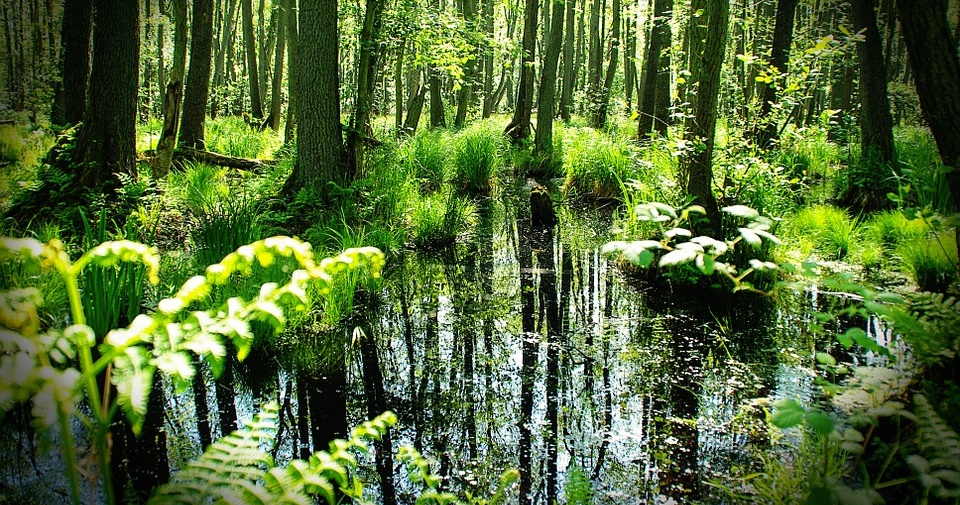Podcast: Play in new window

BOB HIRSHON (host):
The frog pond effect. I’m Bob Hirshon and this is Science Update.
[sound of pond] Small ponds are important habitats, packed with life. That includes microbes that quickly decompose leaves and other organic matter. In the journal Nature Bioscience, Yale aquatic ecologist Meredith Holgerson and her colleagues report that these little ponds produce a surprisingly large amount of greenhouse gases, but aren’t included in current climate models, partly because they’re invisible to satellites.
MEREDITH HOLGERSON (Yale University):
A lot of them are in forested areas, so when the satellite takes a picture, they see a forest and not a pond.
HIRSHON:
Holgerson found that added together, these ponds amount to nearly nine percent of all inland lakes and waterways, and acre-for-acre produce far more CO2 and methane. She concludes that climate models won’t be complete without increased attention to these small but important habitats. I’m Bob Hirshon, for AAAS, the science society.
